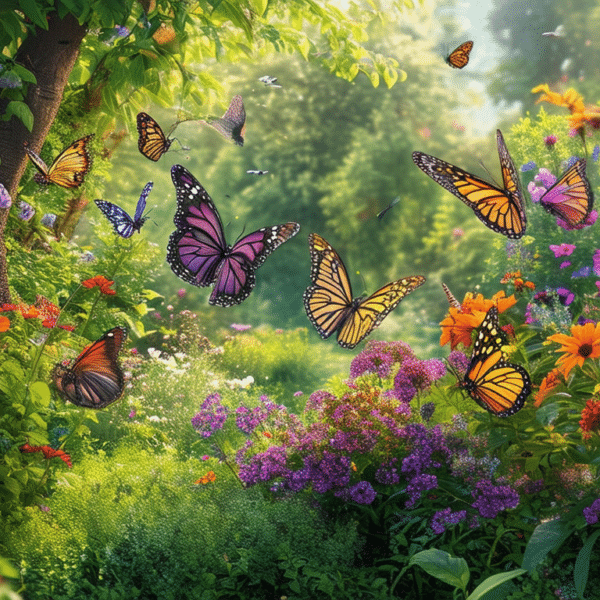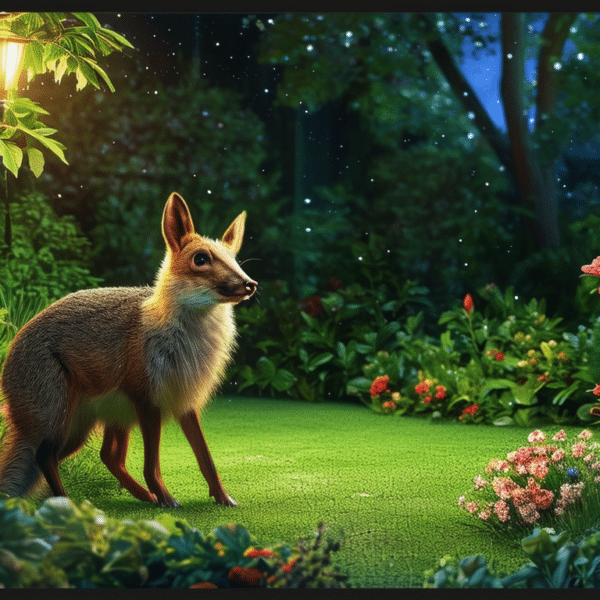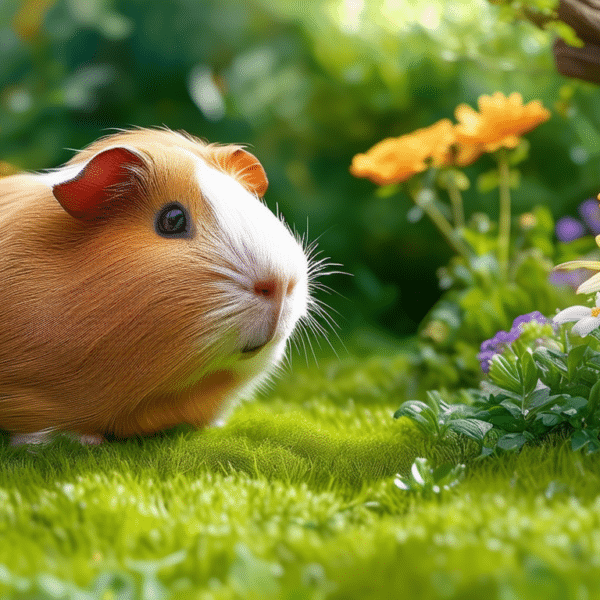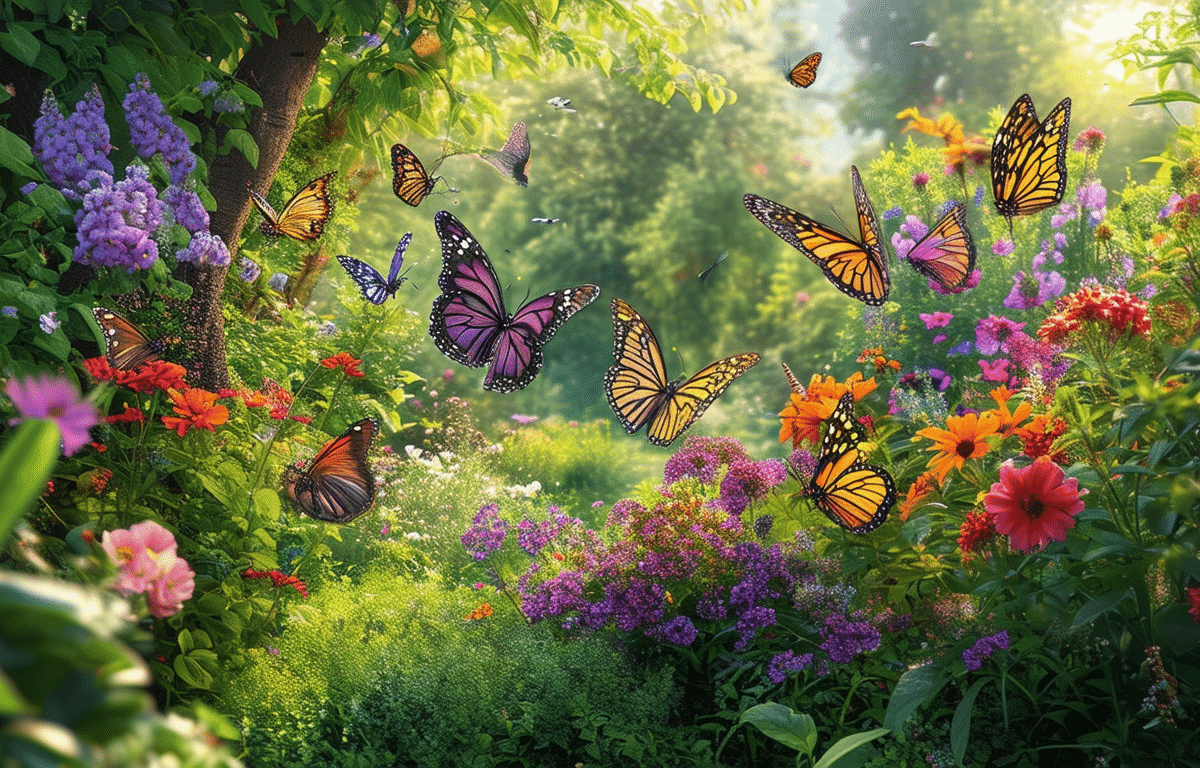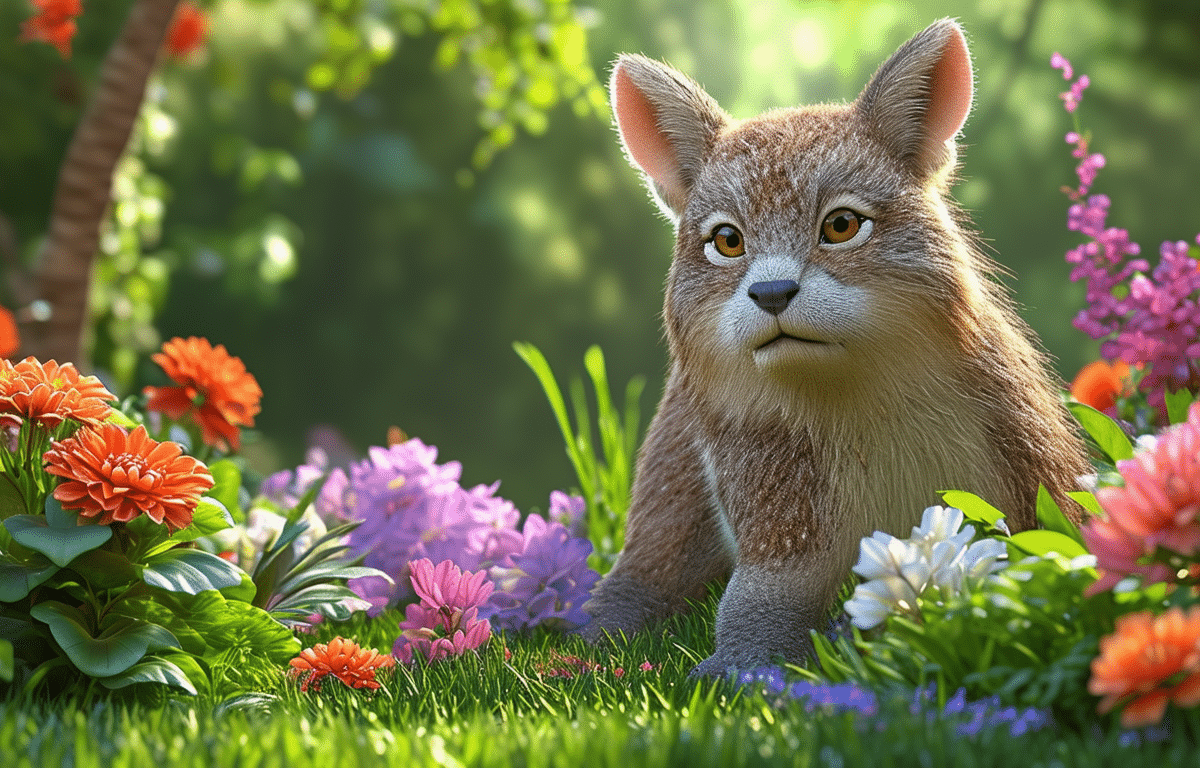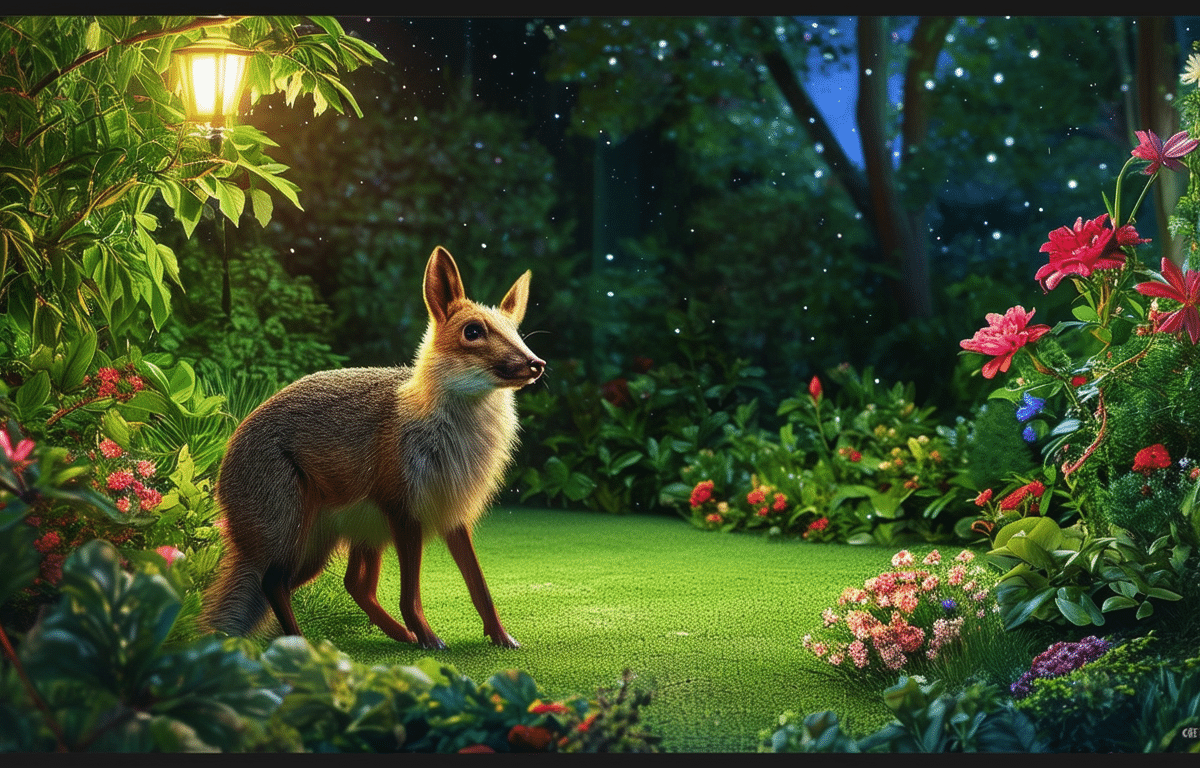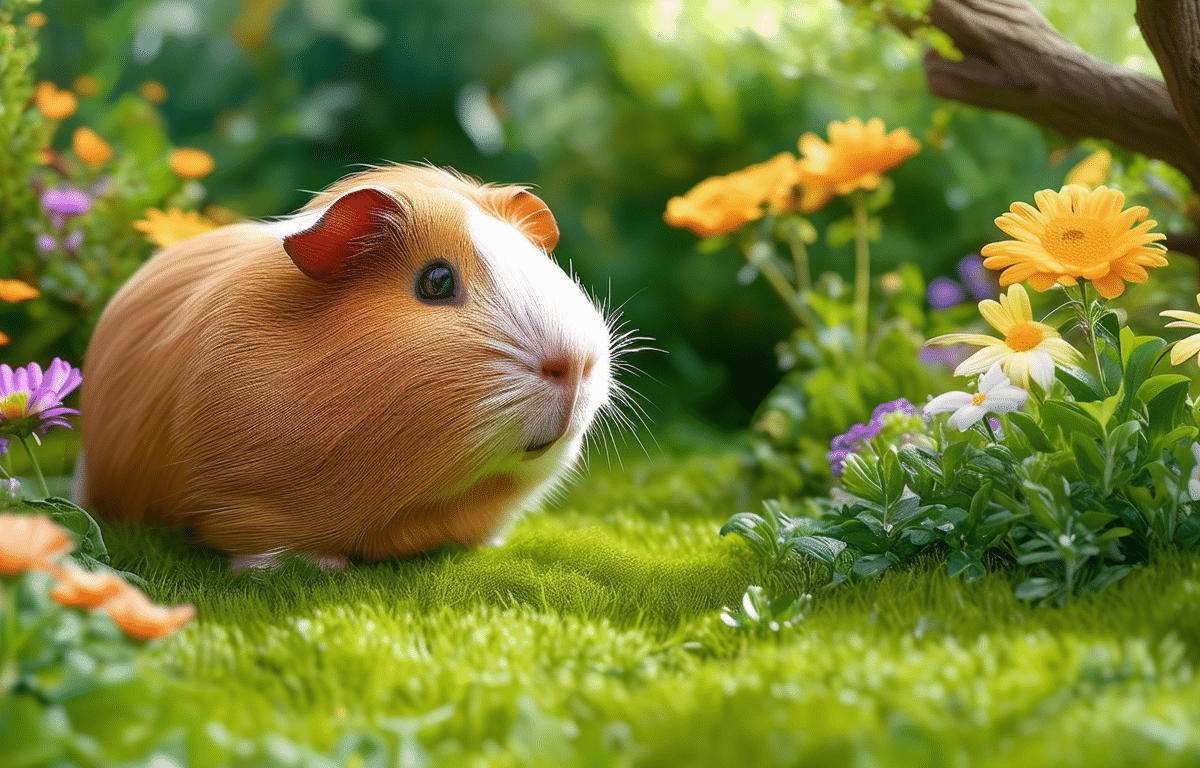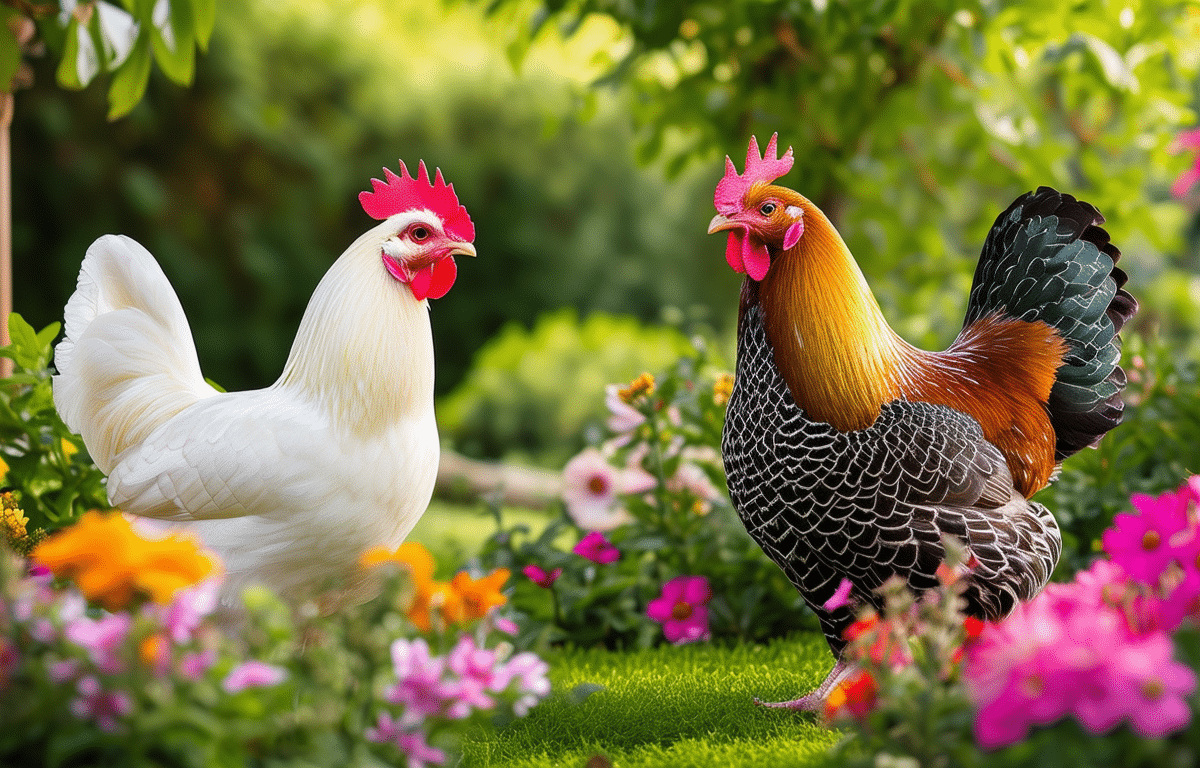Content
Bees are the world’s most important pollinators of food crops, and with the decline in bee populations, it’s more crucial than ever to support these buzzing benefactors. Sustainable backyard beekeeping is not just a hobby; it’s a commitment to environmental stewardship and agricultural support. By creating a buzzworthy habitat, you can contribute to the health of your local ecosystem while enjoying the sweet rewards of natural honey.
Understanding the Basics of Bee Biology

Before diving into beekeeping, it’s essential to understand the basics of bee biology. Bees are social insects that live in colonies, with each member playing a specific role. The queen bee lays eggs, worker bees forage for nectar and pollen, and drones mate with the queen. A strong understanding of these roles will help you manage your hive effectively and ensure a thriving bee community.
Choosing the Right Location for Your Hive
The first step in sustainable beekeeping is selecting an appropriate location for your hive. Bees need a sunny spot that’s protected from strong winds. The area should have abundant flowering plants to provide nectar and pollen. Additionally, consider water sources; bees need access to clean water for hydration and hive cooling. A well-chosen site will keep your bees healthy and productive.
Building or Buying a Sustainable Hive
When it comes to housing your bees, sustainability is key. You can either build or purchase a hive made from eco-friendly materials. Look for designs that mimic natural bee habitats, such as top-bar hives or Warre hives, which encourage natural comb building. These types of hives are not only better for bees but also make harvesting honey less intrusive, maintaining the integrity of the colony.
Planting a Bee-Friendly Garden
To support your bees and other local pollinators, plant a variety of flowering plants that bloom at different times throughout the year. This ensures a constant food source for your bees. Native plants are particularly beneficial as they’re well-suited to your region’s climate and soil, requiring less maintenance and providing optimal nutrition for bees.
Practicing Organic Pest Management
Pesticides can be harmful to bees, so it’s important to practice organic pest management in your garden and around your hives. Use natural predators or barriers to control pests, and if necessary, opt for organic pesticides that are less toxic to bees. Regularly inspecting your hives for signs of disease or parasites is also crucial in maintaining a healthy colony.
Harvesting Honey Responsibly
One of the joys of beekeeping is harvesting honey, but it must be done responsibly to avoid harming the bees. Only take what you need and ensure that the bees have enough honey left to sustain themselves, especially during winter months. Using methods that minimize stress on the bees will keep them calm and cooperative during harvest time.
Innovative Approaches to Beekeeping
Inspiration for sustainable beekeeping can come from various sources. For instance, some luxury hotels have adopted rooftop beekeeping practices as part of their sustainability programs. These establishments not only contribute to urban biodiversity but also offer guests locally sourced honey as a gourmet treat. Similarly, university initiatives like Buzzworthy Bruins at UCLA engage students in bee conservation efforts through educational programs and hands-on experience with hives.
Sustainable backyard beekeeping is an enriching endeavor that benefits both the environment and your pantry. By understanding bee biology, choosing the right location, building sustainable hives, planting diverse gardens, practicing organic pest management, harvesting honey responsibly, and seeking innovative approaches from successful programs, you can create a thriving habitat for these vital pollinators.


